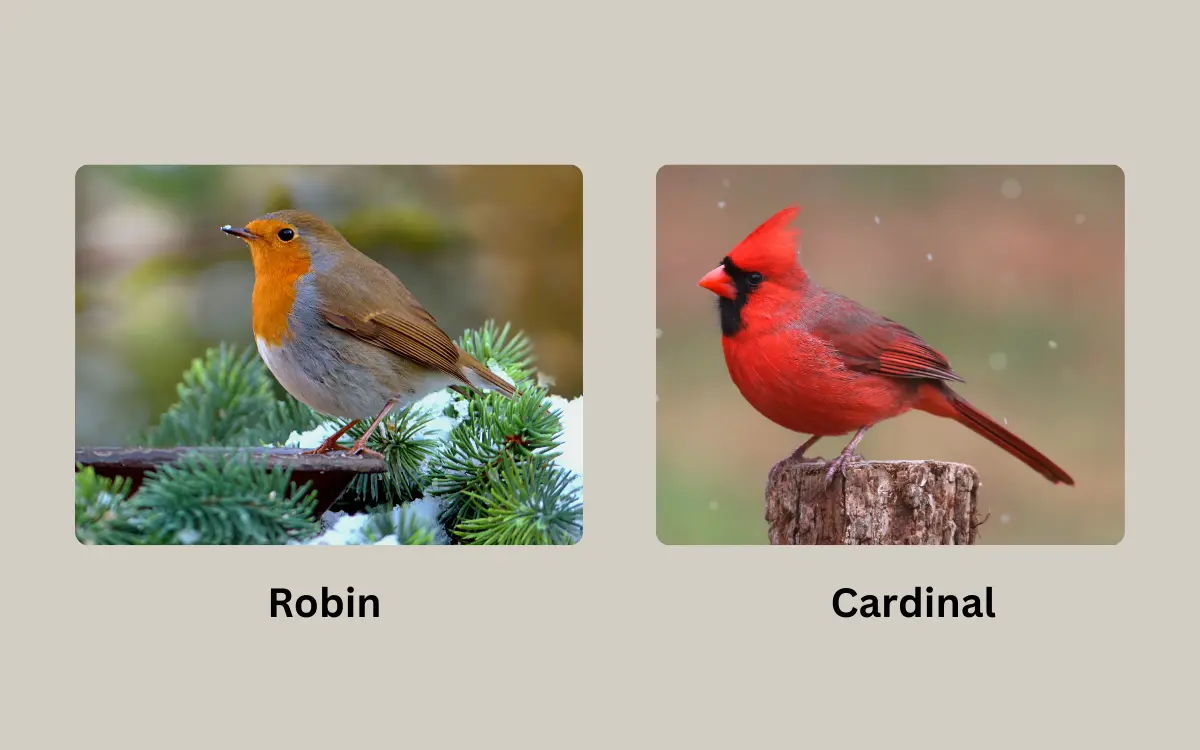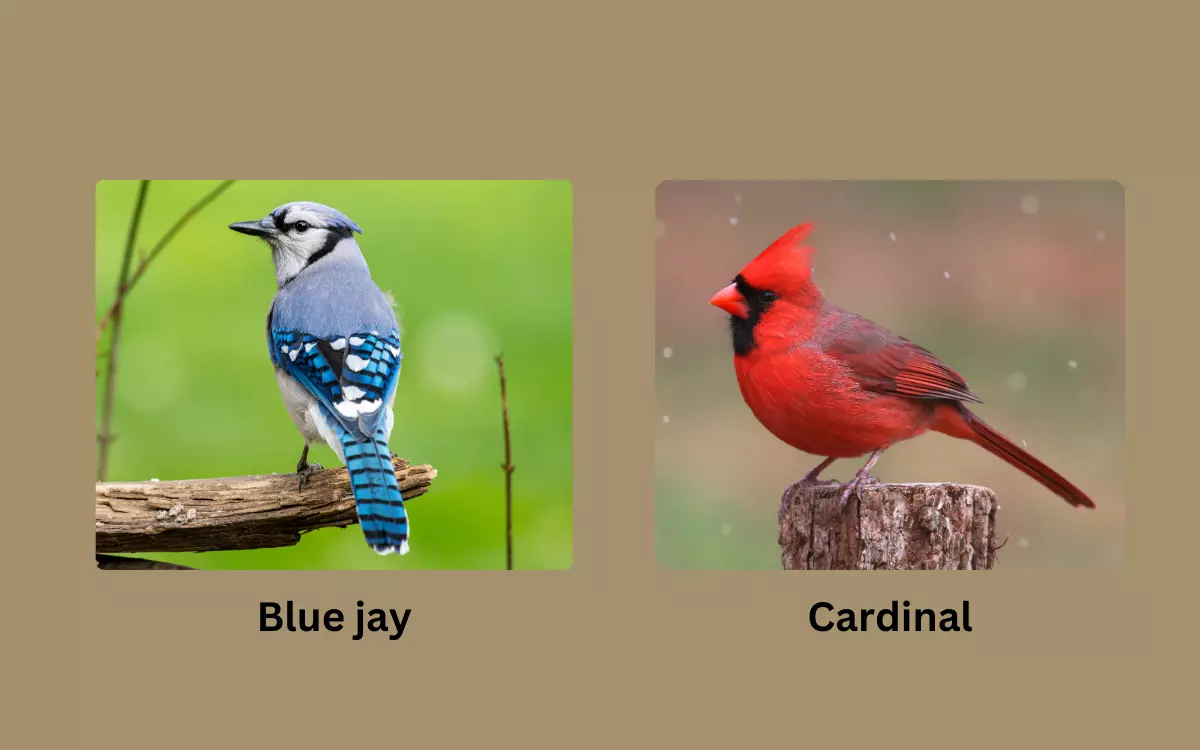How to Keep Ants Away From Hummingbird Feeders? (8 Tips)
Ants love the sweet nectar in hummingbird feeders and can quickly invade, spoiling the food and scaring away the hummingbirds.
Luckily, there are simple ways to keep ants out of your feeder and ensure it stays clean and inviting for hummingbirds. Here are some easy, effective methods to stop ants from taking over.
Tip 1: Use an Ant Moat or Ant Guard
An ant moat is a small cup or barrier filled with water that prevents ants from reaching the nectar in your feeder.
Ants can’t swim, so they are unable to cross the water, keeping your feeder ant-free. Many hummingbird feeders come with built-in ant moats, but you can also buy them separately to attach to your feeder.
For extra protection, you can use an ant guard, such as the Perky Pet Permethrin Ant Guard, which deters ants without harming birds. This guard uses permethrin, a safe insecticide for birds, to create a barrier that ants won’t cross. Both options are easy and effective ways to stop ants from getting to your nectar.
Tip 2: Avoid Leaky Feeders
Leaky feeders can be a major ant attractor, as spilled nectar quickly draws ants to the feeder and the ground below.
When nectar drips, it creates a sweet scent trail that ants follow, leading them directly to the feeder. To prevent this, it’s important to regularly check your feeder for leaks and fix or replace it if necessary.
Choose feeders that are well-sealed and designed to prevent leaking. Additionally, make sure to clean up any spills immediately, as even small amounts of nectar can attract ants.
By maintaining a leak-free feeder and addressing spills right away, you can significantly reduce the chances of ants discovering your hummingbird feeder.
Tip 3: Use an Ant Moat
An ant moat is a simple and effective tool to keep ants away from your hummingbird feeder. It is a small cup or barrier that you fill with water and place between the feeder and its hanging point.
Ants can’t swim, so when they try to reach the nectar, they encounter the water-filled moat and are unable to cross, preventing them from accessing the feeder.
Many hummingbird feeders come with built-in ant moats, but you can also purchase separate ant moats that easily attach to your existing feeder.
By using an ant moat, you create a natural barrier that stops ants from invading, ensuring your feeder remains a clean and safe spot for hummingbirds to enjoy.
Tip 4: Apply Ant Repellent on the Feeder Hanger
Another effective way to keep ants away from your hummingbird feeder is by applying safe, non-toxic repellents like petroleum jelly or cooking oil on the feeder hanger. These substances create a slippery surface that ants cannot cross, preventing them from reaching the feeder.
To use this method, simply spread a thin layer of the repellent on the wire or hook that hangs the feeder. This barrier is harmless to hummingbirds but makes it nearly impossible for ants to climb.
Be sure to reapply as needed, especially after rain or high temperatures, to maintain the slippery surface. Always use bird-safe, non-toxic products to protect the health of hummingbirds while keeping ants away.
Tip 5: Hang the Feeder in a Shaded Area
Placing your hummingbird feeder in a shaded area is a simple way to keep ants away. Direct sunlight can cause the nectar to evaporate more quickly, intensifying its sweet scent and attracting ants.
By keeping the feeder in the shade, you reduce the evaporation rate, making the feeder less detectable to ants.
Additionally, shaded areas help keep the nectar fresher for longer, preventing it from spoiling or fermenting in the heat.
This not only benefits hummingbirds by providing them with fresh nectar but also reduces the chance of attracting other pests. Finding a spot that’s both shaded and easily visible to hummingbirds will ensure a clean, ant-free feeder.
Tip 6: Clean the Feeder Regularly
Keeping your hummingbird feeder clean is crucial to preventing ants from being attracted to spilled nectar.
Even small drops of nectar on the feeder or the ground can lure ants to the area, leading them straight to the feeder. Regular cleaning ensures that no sticky residue or spills remain to attract pests.
To maintain a clean feeder, wash it at least once a week with warm water and mild soap. Be sure to rinse thoroughly to remove any soap residue that might affect the hummingbirds. If the feeder is particularly dirty or moldy, you can use a solution of water and white vinegar for a deeper clean.
Also, check the surrounding area for any spilled nectar and clean it up immediately to reduce ant activity. Regular maintenance helps keep your feeder fresh and ant-free.
Tip 7: Use Fishing Line to Hang the Feeder
Using fishing line or a thin wire to hang your hummingbird feeder is an easy and effective way to keep ants away. Ants find it difficult to climb slick, narrow surfaces like fishing line, which creates a natural barrier they can’t cross. By suspending your feeder from fishing line, you make it much harder for ants to reach the nectar.
To use this method, simply attach the feeder to a sturdy piece of fishing line and hang it from a tree branch, hook, or pole.
The smooth surface of the line prevents ants from gaining traction and climbing down to the feeder. This simple trick can effectively reduce ant problems while still providing a secure way to hang your feeder for hummingbirds.
Tip 8: Diatomaceous Earth
Diatomaceous earth is a natural, non-toxic powder that can effectively keep ants away from your hummingbird feeder. When sprinkled around the base of the feeder or the pole it hangs from, this fine powder works by dehydrating insects like ants.
As ants crawl over the diatomaceous earth, the tiny particles damage their exoskeletons, causing them to dry out and die.
This method is safe for birds, pets, and other wildlife, making it an excellent solution for outdoor use.
To maintain its effectiveness, remember to reapply diatomaceous earth after rain or heavy watering, as moisture can reduce its ability to repel ants.
Using diatomaceous earth provides an easy, eco-friendly way to create an ant-free zone around your hummingbird feeder.






